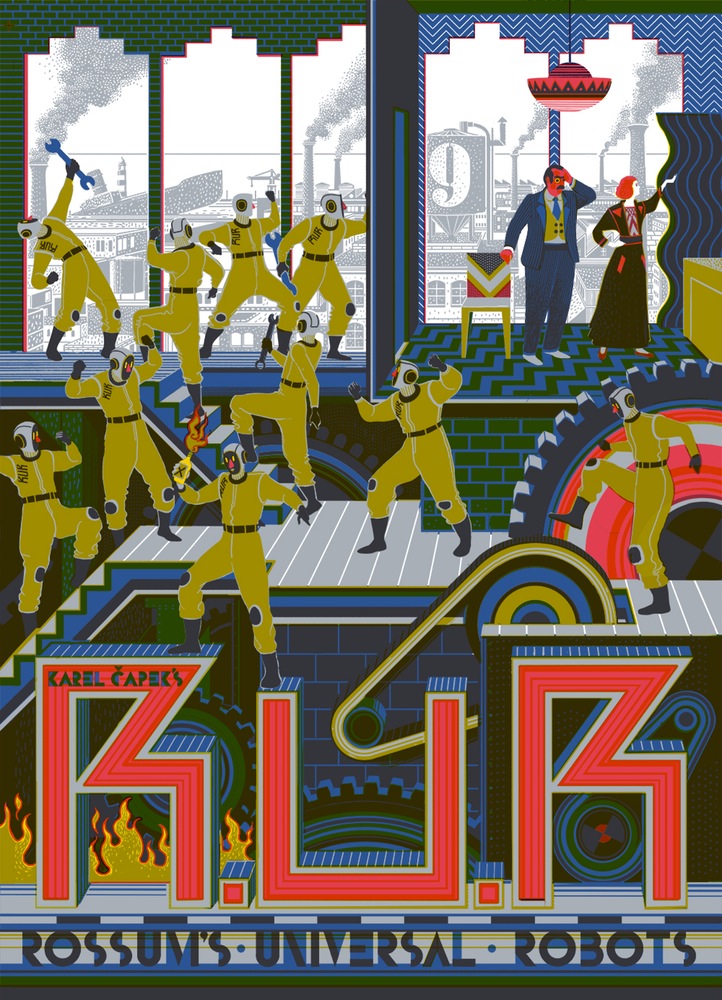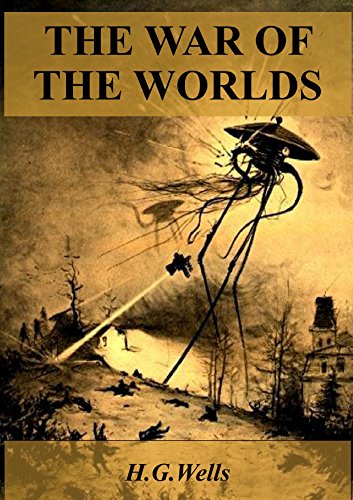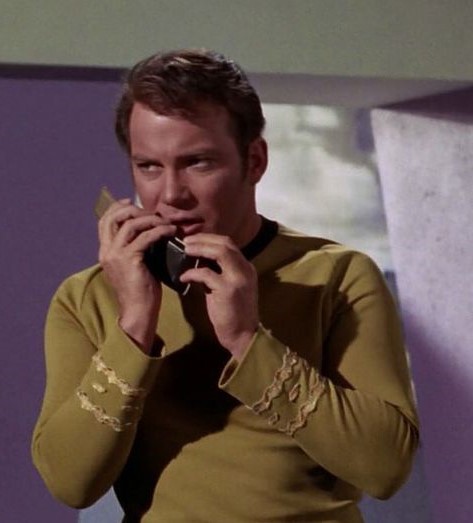Geeks appreciate science fiction because it allows them to fulfill their dorky desire to, for instance, travel through space vicariously through their favorite Star Trek fleet commander or make friends with robots that they can program to be as socially awkward as they are. But the rest of us non-nerds owe science fiction a lot of gratitude – however grudgingly – because without this genre, the world would have far fewer cool inventions. Initially, the types of technology that exist in science fiction might sound unrealistic, and then at some point human civilization reaches a stage where it actually becomes possible. Check out this list of 10 works of science fiction that inspired real inventions.
1. Rossum’s Universal Robots by Karel Čapek
Predictions about robot butlers and maids haven’t come to fruition quite yet, but there’s no question that AI technology is becoming more advanced by the day, and that we have become heavily dependent on industrial automation. But back in 1920, Karel Čapek wrote a play about blissfully ignorant human-like robots who proceed to rebel against and overthrow the human race. His ideas were utterly remarkable and far ahead of its time, especially when you consider that the spoon was pretty as high-tech as things got in those days.
2. Twenty Thousand Leagues Under the Sea by Jules Vernes
Vernes’ classic 1870 novel about underwater sea explorers who traveled more leagues than you could possibly imagine captured the imagination of American inventor Simon Lake, who couldn’t have been born with a more ironic last name. The story inspired him to invent the first submarine in 1898, dubbed the Argonaut. For his efforts, Vernes even sent him a congratulatory letter. Jealous?
3. War of the Worlds by H.G. Wells
Stories about aliens invading Earth and being greeted with a punch to the face courtesy of Will Smith is something we all take for granted now, but in 1897 when Wells published his book about Martians attempting to conquer Earth, it’s not a scenario that had ever been conceived before. Clearly aiming to have humans be the aliens that invade rather than the victims of said invasion, American scientist Robert H. Goddard was inspired to invent the liquid fueled rocket. Rest of the Universe, consider yourselves warned.
4. The Lensman series by E.E. “Doc” Smith
The Lensman novels, published in the 1930s and 40s, chronicled the space adventures of the Galactic Patrol, which featured a ship known as Directrix that served as the command center for the fleet. A U.S. navy officer thought it sounded like a pretty nifty idea and as a result implemented the concept of placing command centers aboard warships in 1947.
5. Waldo by Robert Heinlein
This 1942 short story was about Waldo Farthingwaite-Jones, a man with a brilliant mind but who was so physically weak that he wasn’t even able to lift a spoon. This led him to develop a device consisting of a glove and harness which allowed him to control a powerful mechanic hand with a mere movement of his fingers. With the wealth he acquired from his invention, he built a home in space because, duh, what else was he going to do with all that money? This story led to the creation of those remotely operated mechanical hands that are used in nuclear power plants today.
6. The World Set Free by H.G. Wells
This disturbing 1914 work of science fiction was certain prophetic. In this story, humans have developed the ability to harness atomic power, resulting in a weapon that was potentially far more destructive than the world had ever seen. It’s been said that Leo Szilard, a physicist whose last name is impossible to pronounce so don’t even try, was inspired to conceive the nuclear chain reaction, leading to the atomic bomb that leveled Hiroshima and Nagasaki, and thereby proving that if human civilization wants to destroy itself, all it takes is a few launch codes.
7. Tom Swift and His Electric Rifle by Edward Stratemeyer
Fans of “People getting tasered” YouTube complication videos have author Edward Stratemeyer to thank. The electric rifle featured in his young adult Tom Swift novel lead NASA scientist Jack Cover to invent the TASER, which is an acronym for – you guessed it – Thomas A. Swift’s Electric Rifle.
8. Robur the Conqueror by Jules Vernes
Vernes wasn’t just inspiring his fans to make his underwater exploration vessels a reality, his stories lead to breakthroughs in aviation. Robur the Conqueror – published in 1886 when the idea of flight was still seen as unachievable – was about an airship called the Albatross. Igor Sikorsky, who enjoyed reading this book as a boy, would eventually become the father of the helicopter.
9. Snow Crash by Neal Stephenson
When Stephenson wrote a fiction novel about a vast online virtual world back in 1992, nobody had any clue that in just a few short years, the technology would exist to make such a game possible. Philip Rosedale, who would go on to create the once-popular Second Life, has stated that Stephenson’s vivid description of what a virtual world could look like served as his inspiration.
10. The original Star Trek TV series
Cellphones were nowhere close to being a thing in the 1960s when Mr. Spoke used a handheld device to communicate remotely with the starship crew, but Martin Cooper of Motorola has credited the show with providing him with inspiration when he designed the first mobile phone in the 1970s.




















